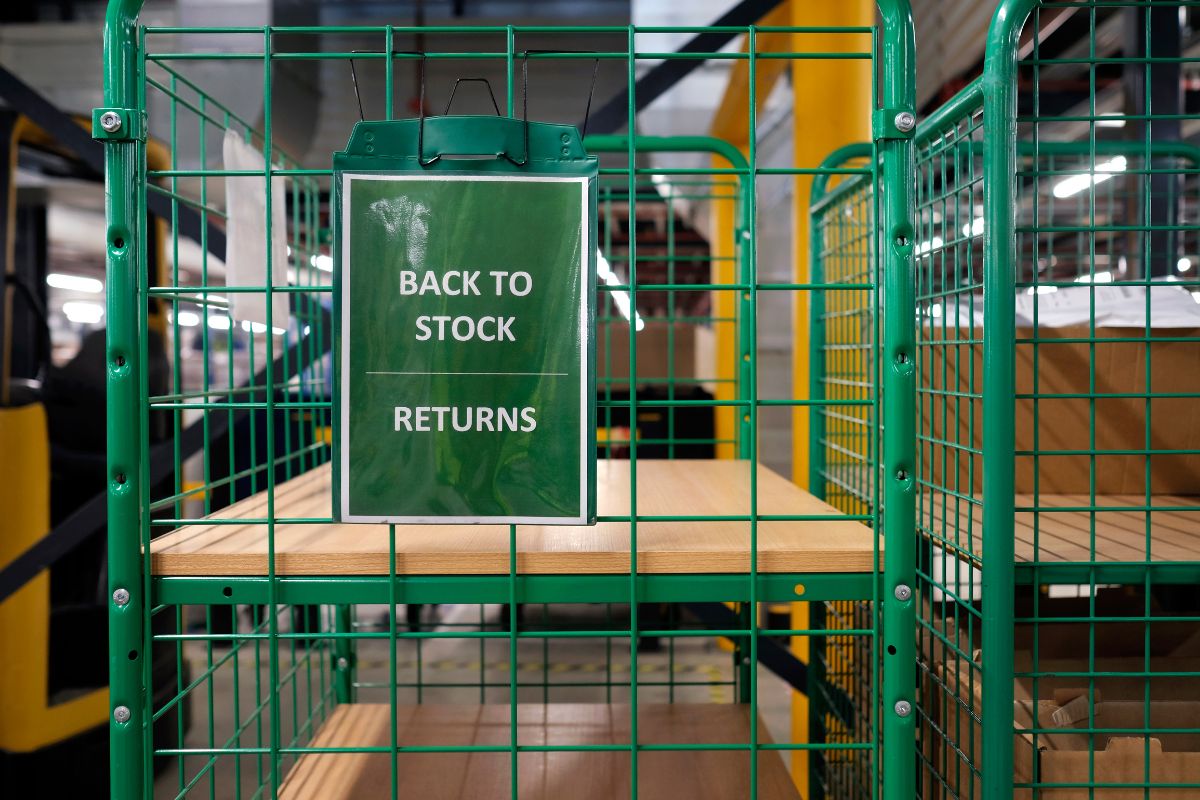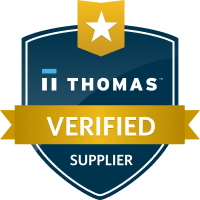
While most businesses gear up for the holiday rush, savvy operations managers know that the real storm hits after the celebrations end: Returns Season. The 2025-26 returns cycle is shaping up to be more complex than ever, particularly as the line between retail and e-tail continues to blur. Yet despite their convergence, returns management still looks vastly different depending on whether the sale happened in-store or online, and the workforce strategy behind each must adapt accordingly.
Timing: When Returns Start Rolling In
For brick-and-mortar retailers, returns tend to spike immediately after the holidays, starting around December 26 and tapering off by mid-January. These returns are largely driven by gifting mismatches, size swaps, and buyer’s remorse. The pace is fast but fairly predictable.
E-tailers, on the other hand, experience a more prolonged and unpredictable season. Returns begin early January and may last well into February or even March, depending on return windows, shipping delays, and consumer habits. Because e-commerce customers often have extended timelines and may initiate returns days or weeks after receiving their order, planning labor needs becomes much trickier.
The Challenges: Retail vs. E-Tail Returns
Retail Returns Challenges:
- High foot traffic: Stores may need to handle returns while still managing post-holiday sales.
- In-the-moment resolution: Associates need to process returns on the spot, often under pressure and scrutiny from customers.
- Inventory accuracy: Returned goods must be quickly inspected and restocked or redirected, requiring real-time tracking and decision-making.
E-Tail Returns Challenges:
- Reverse logistics: Items return to centralized facilities, often shipped across long distances, which creates bottlenecks and delays.
- Condition verification: Online returns must be thoroughly inspected for wear, damage, or fraud, adding time and complexity.
- Sorting and repackaging: Items must be evaluated, sometimes refurbished, and routed back to inventory, liquidation, or recycling.
The stakes are high. Mishandled returns mean lost revenue, dissatisfied customers, and mounting labor costs.
The Workforce Impact
Returns season brings with it a different kind of labor challenge than peak fulfillment. While holiday prep is about *volume and speed*, returns demand *accuracy and adaptability*. Workers must be trained in multiple workflows—processing, quality control, customer service, restocking, and in some cases, refurbishment.
Moreover, the labor required to handle returns is often overlooked in post-holiday budgeting, leading to understaffing just when skilled labor is most critical.
From a workforce perspective, returns management requires:
- Cross-training: Employees should be equipped to shift from shipping to reverse logistics workflows.
- Flexible staffing: Schedules must be able to flex based on daily or weekly return volume, which can spike unexpectedly.
- Quality control emphasis: Returns often involve a judgment call—does this item go back to shelf stock or not? That requires training and consistency.
- Morale management: Returns work is repetitive and often less rewarding than fulfilling orders. Keeping teams motivated matters.
Strategies to Prepare
Operations managers should already be planning for a smarter 2025-26 returns season. Here are a few ways to get ahead:
- Analyze past return trends. Use last year’s data to forecast labor demand by week, channel, and location.
- Build a returns-specific training program. Ensure seasonal or full-time staff are ready to pivot roles.
- Integrate tech with training. Warehouse and store employees should be comfortable using returns modules within WMS or POS systems to maintain speed and accuracy.
- Partner early with workforce experts. Outsourced labor solutions with expertise in retail and e-tail returns can help fill gaps without blowing budgets.
How iJility Can Help
At iJility, we specialize in optimizing workforce solutions that flex with your business cycles—including returns. Whether you’re a high-volume e-commerce brand facing complex reverse logistics or a national retailer managing store-level returns, our team builds custom labor strategies that align with your systems, workflows, and KPIs.
Our approach goes beyond temp labor—we focus on cross-training, quality assurance, productivity tracking, and long-term workforce engagement. We’ll help you stay ahead of returns season by ensuring the right number of skilled hands are in place exactly when and where you need them.
Schedule a discovery call today and see how iJility can help turn your returns season into a strategic advantage—not a post-holiday headache.
About iJility
iJility is a workforce solutions provider focused on helping companies optimize productivity, quality, and labor costs. With tailored staffing models, data-driven planning, and scalable solutions, iJility partners with operations leaders to create efficient, engaged workforces across fulfillment, logistics, manufacturing, and more. Let’s build the workforce you actually need.
Author: Carl Scott


